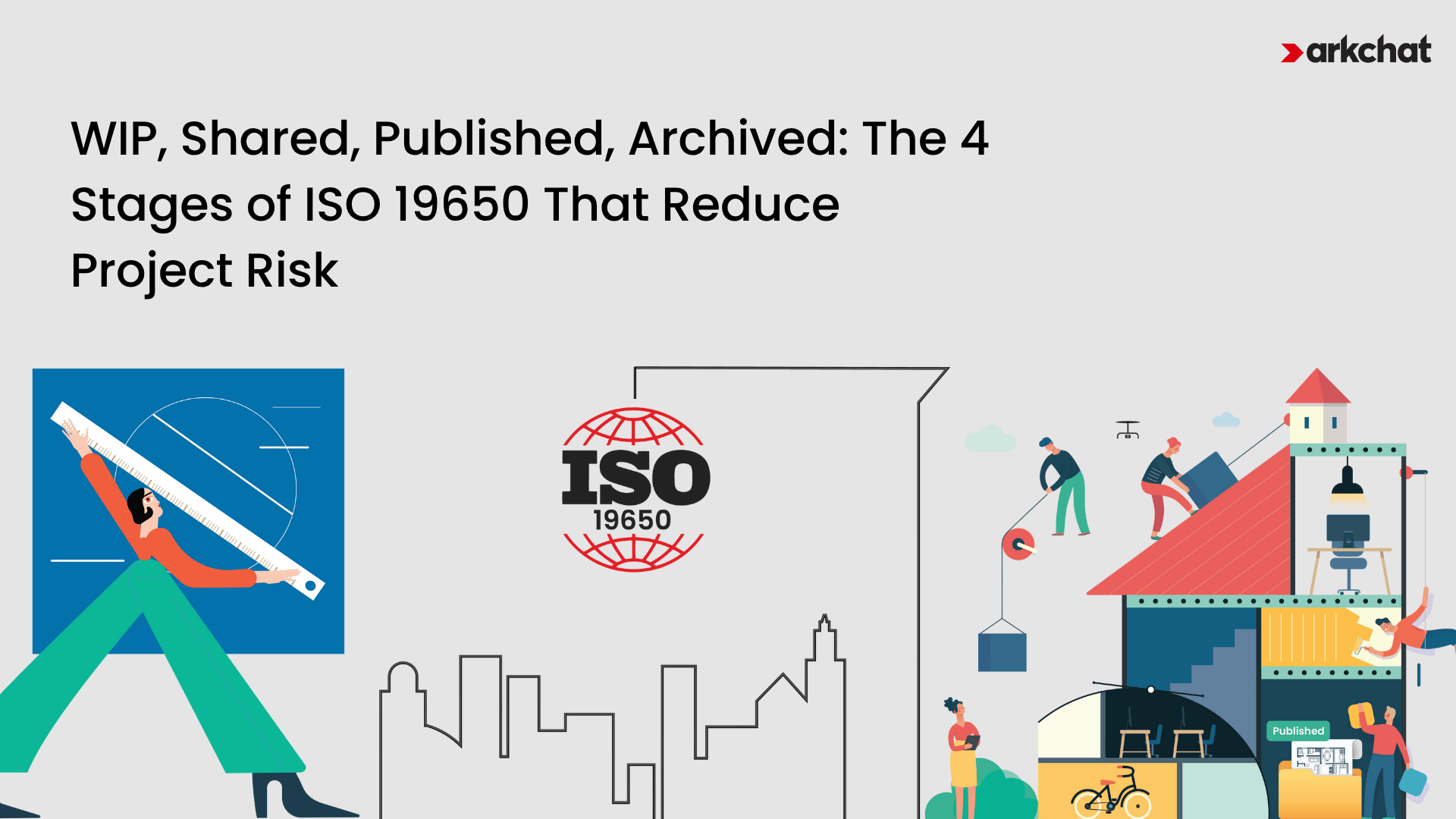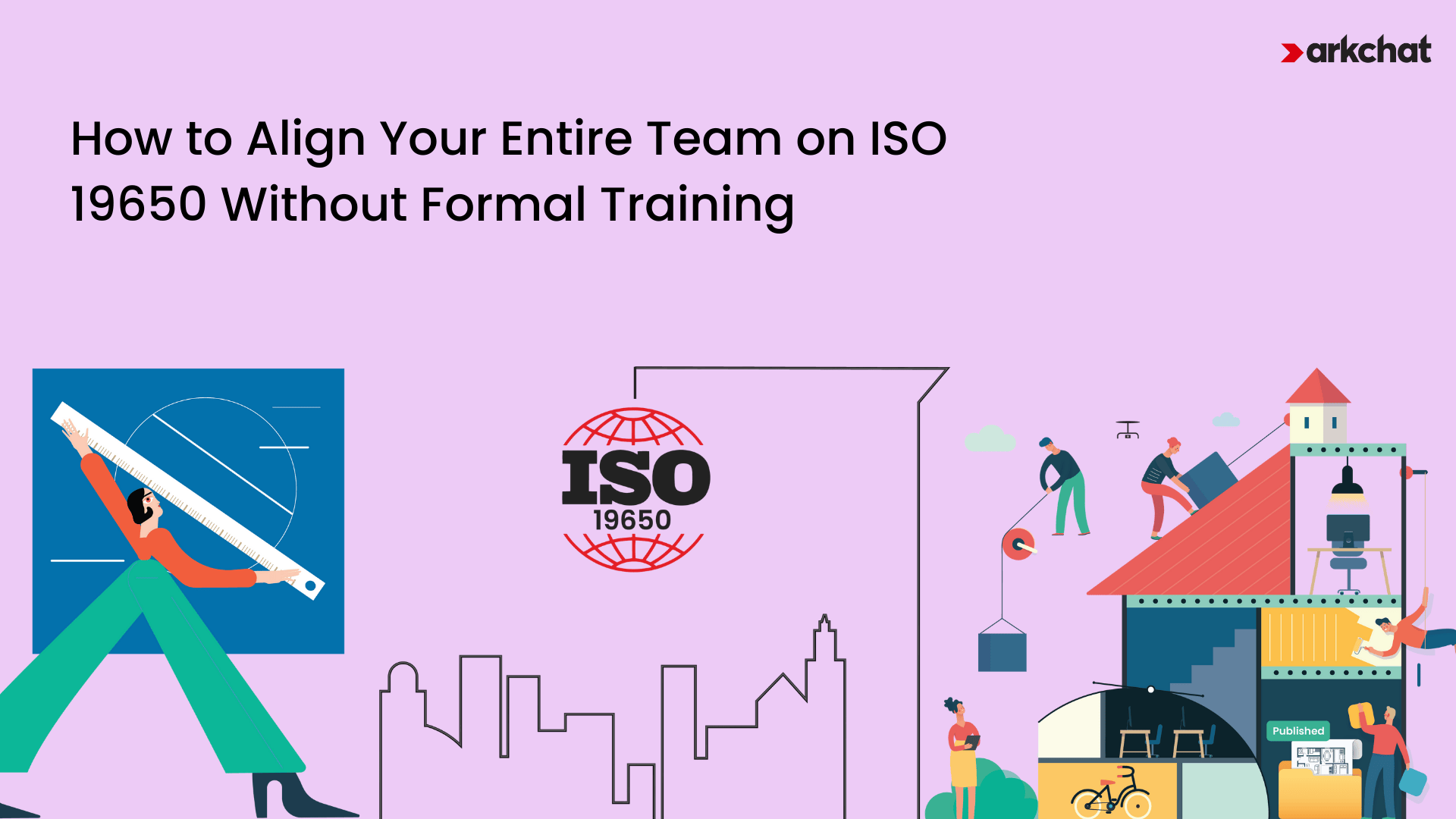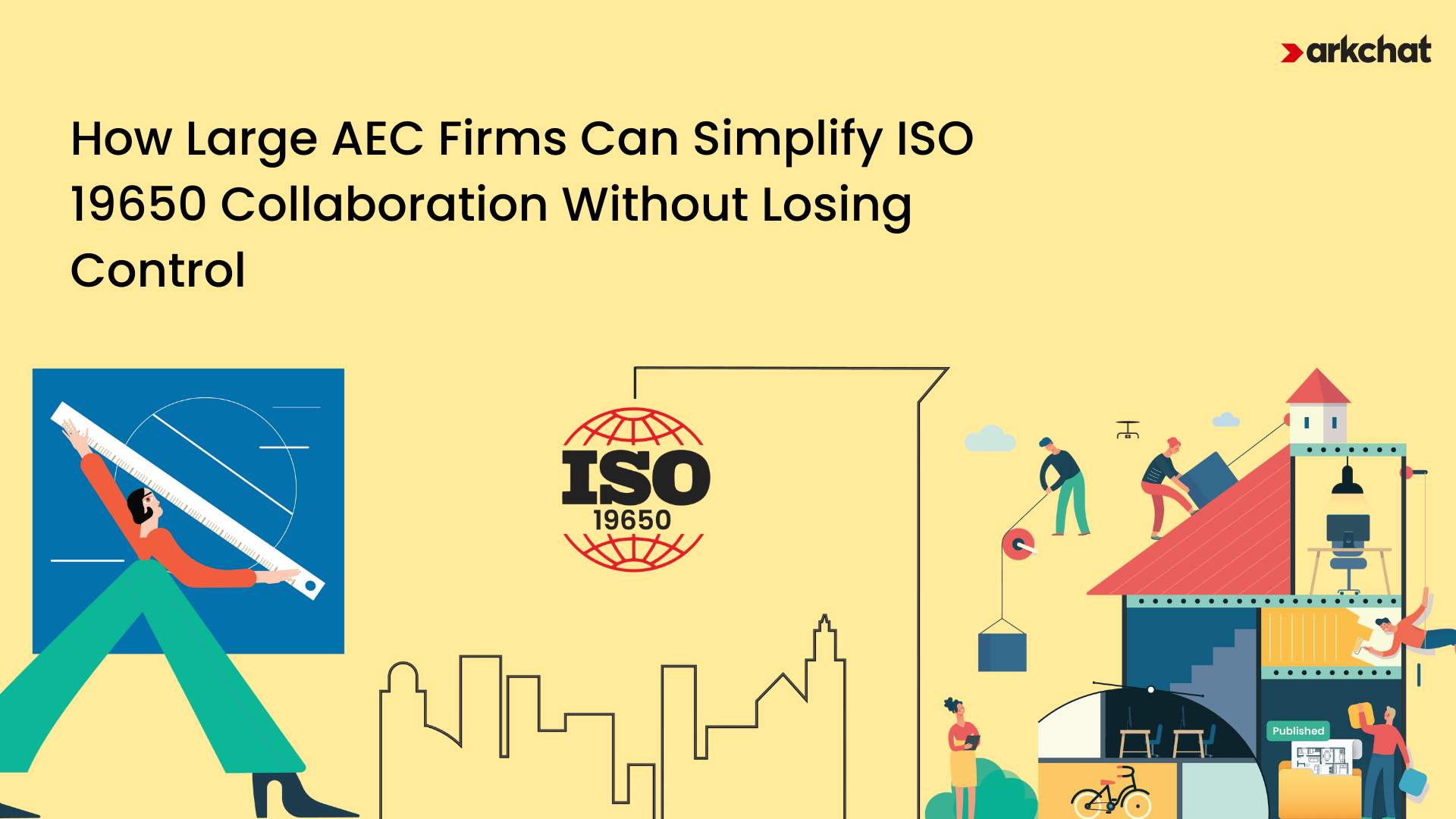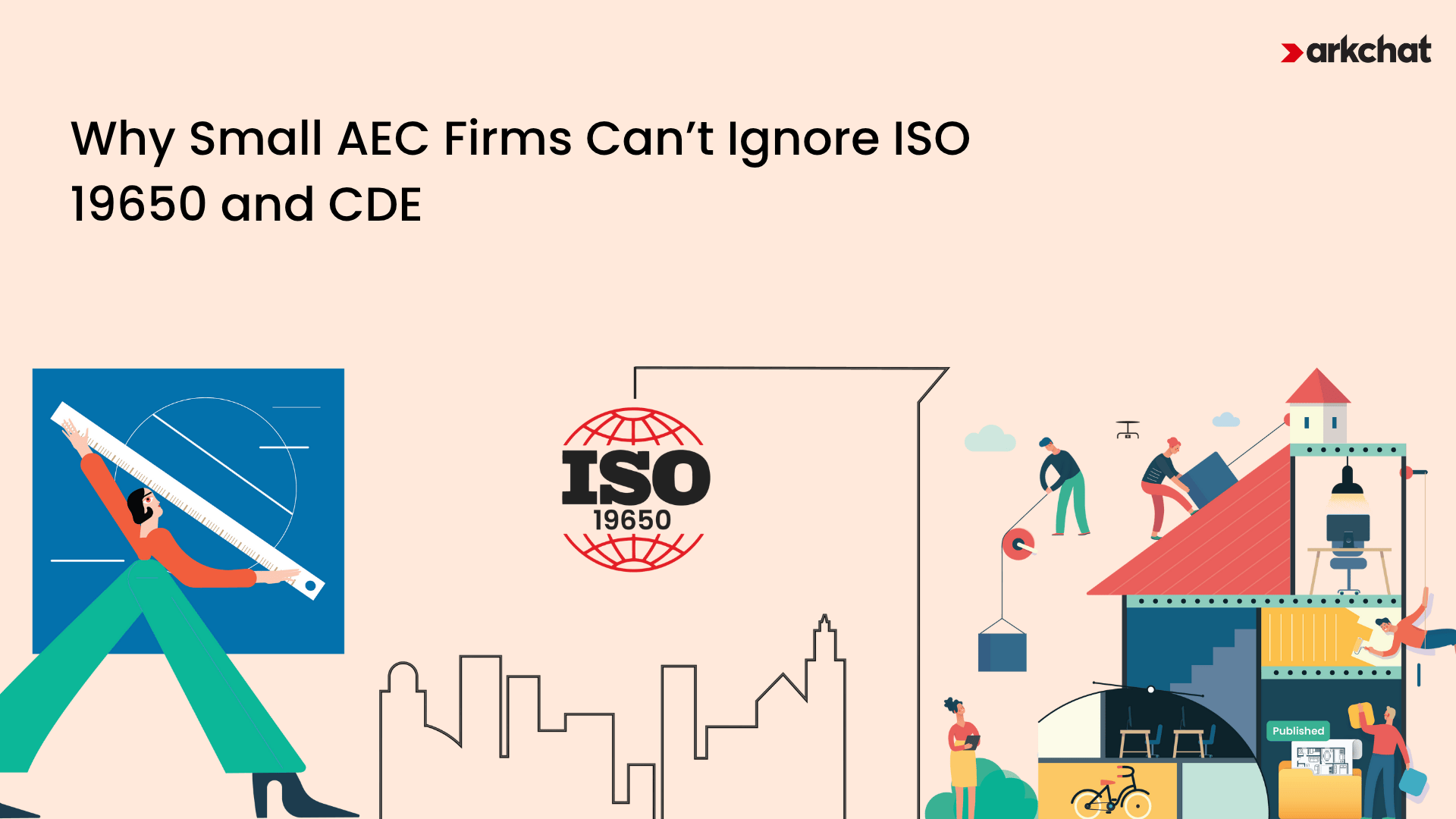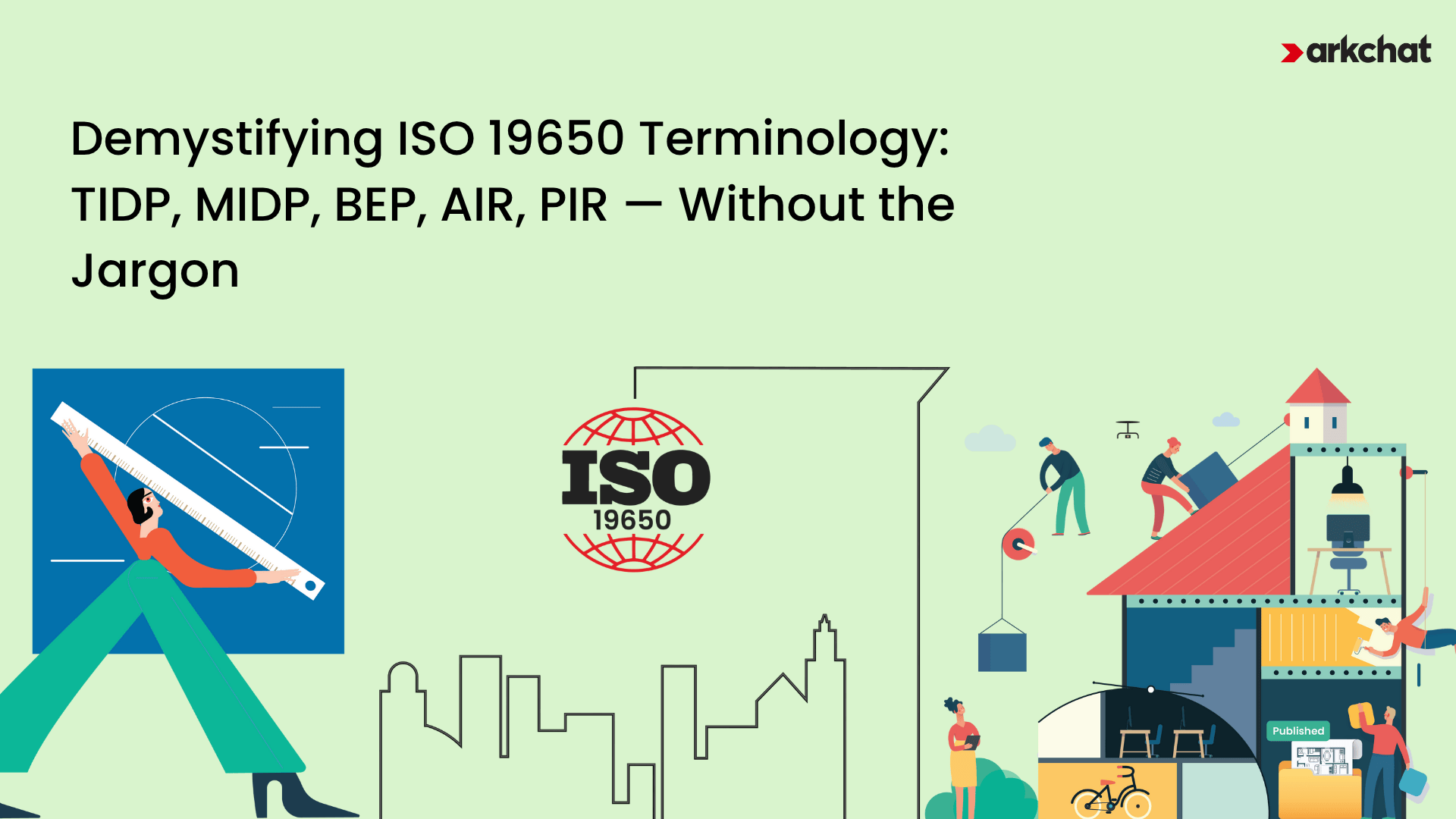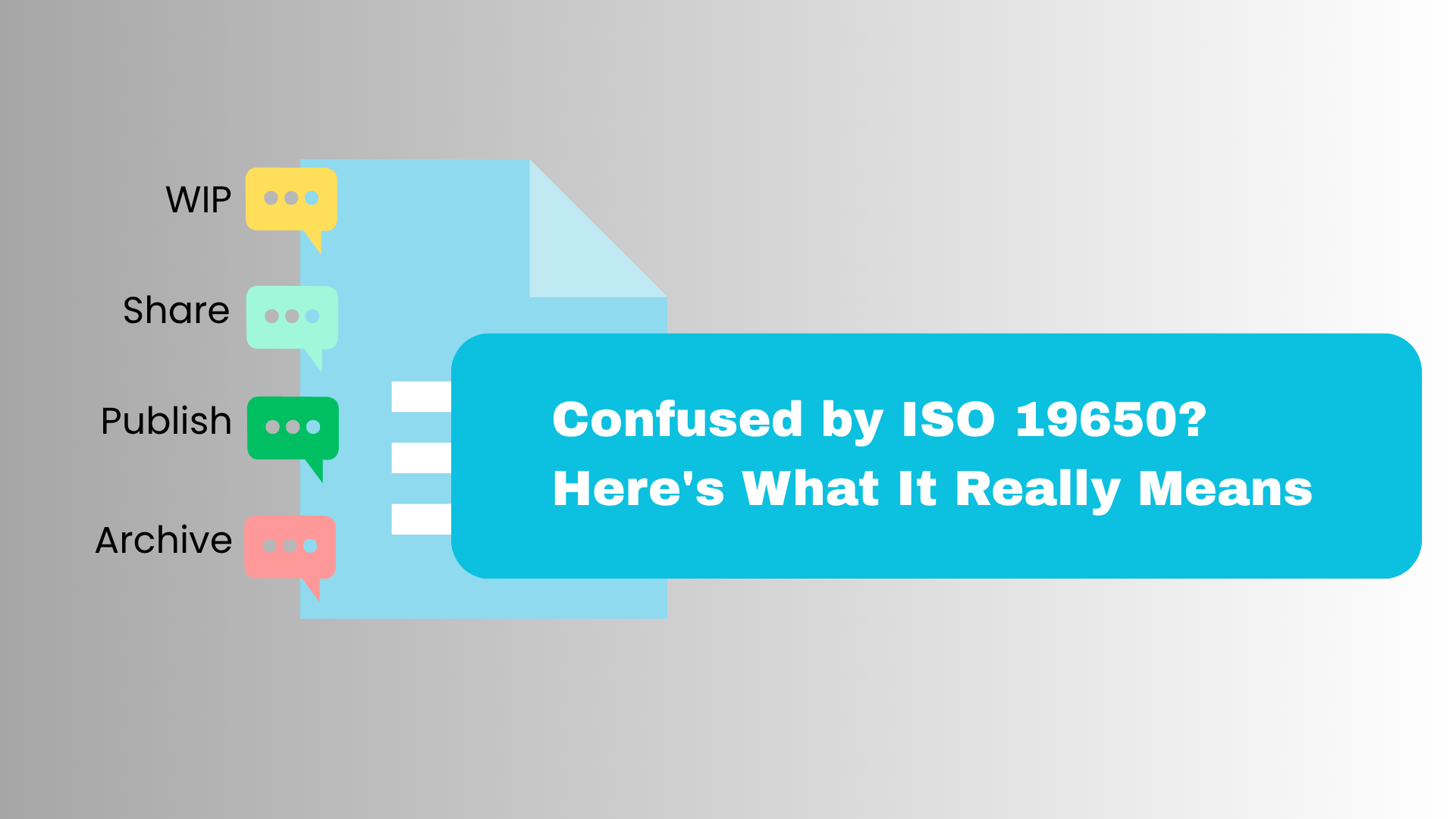Part 4 of the series: “Mastering Project Information Management — The ISO 19650 Way”
Why We Need Information Stages in the First Place
ISO 19650 Standards highlight a common issue—if you’ve ever worked on a project where the wrong drawing was issued to site, or two teams unknowingly worked from different versions of the same document, you already understand the problem.
Projects suffer — not because teams are careless, but because information is unmanaged. That’s why the structured approach of ISO 19650 standards isn’t just a technical formality. It’s a practical risk-control tool.
One of the most valuable components of the ISO 19650 standards is the definition of information stages:
WIP (Work in Progress), Shared, Published, and Archived.
These stages bring a level of clarity and coordination that most AEC teams urgently need.
Let’s break down what each stage means, and why it matters in real projects.
WIP — Work in Progress
The WIP stage is for content being developed by a single team. Think of this as internal design drafts, models, or specifications that are not yet ready to leave the team.
- ✅ Only visible to the authoring team
- ❌ Not coordinated with others
- 🔐 Not for external use
- ⚒ Still under revision
According to ISO 19650 standards, this protects the rest of the team from acting on unfinished or unapproved content.
Why this matters: It prevents miscommunication and premature action.
Shared — Ready for Coordination
When the content is developed enough to be reviewed by other teams, it moves to Shared.
- ✅ Accessible to other disciplines for coordination
- 🤝 Used for clash detection, interdisciplinary alignment
- 🔄 Feedback expected and documented
- 🕵️ Under technical check
This stage of the ISO 19650 standards enables structured collaboration before approvals.
Why this matters: It keeps coordination transparent and prevents assumptions.
Published — Approved and Issued for Use
Once content has been approved, it becomes Published. This is the version used for construction or formal submissions.
- ✅ Officially approved
- 📄 Used for procurement, construction, or record
- 🖊 Forms the project’s contractual documents
- 📆 Date-stamped and archived accordingly
In ISO 19650 standards, publishing information is a controlled act — not just dragging files to a folder.
Why this matters: It ensures all stakeholders are working from trusted, authorised data.
Archived — Stored for Record
Archived content is no longer active but must be preserved:
- 📂 Uneditable
- 🗓 Referenced for audits or disputes
- 🔐 Secured with appropriate permissions
- ⏳ Stored for long-term project memory
As outlined in ISO 19650 standards, archiving is essential for future claims, O&M documentation, and legal protection.
Why These Stages Reduce Risk
When these four stages are followed, your team:
- Avoids working from drafts
- Coordinates only on verified files
- Builds from approved content
- Keeps an audit trail of every change
Without the ISO 19650 standards, drawings get emailed informally, approvals get lost in chat threads, and disputes become harder to resolve.
Structured information stages = fewer mistakes, fewer claims, and more accountability.
How This Improves Coordination
When every stakeholder understands what WIP, Shared, Published, and Archived mean, coordination becomes smoother.
- BIM teams know what to clash-check
- Contractors know what’s safe to build
- Clients know what’s approved vs. still under review
By following the ISO 19650 standards, everyone speaks the same language when it comes to information status.
A Real-World Scenario
Imagine an architect shares a floor plan marked as Shared. The structural and MEP teams detect clashes and send feedback. The architect updates and reshares. Once feedback is resolved, the drawing moves to Published.
No chaos. No guesswork. No wrong version on site.
That’s ISO 19650 standards at work in daily practice.
Why This Matters to Me
As a former design practitioner and now a tech entrepreneur, I’ve experienced the problems ISO 19650 tries to solve. In Arkchat, we’re designing ways to automate these workflows — so you follow the ISO 19650 standards just by doing your day-to-day messaging.
Our goal isn’t to make users “learn the standard” — it’s to build systems that work the way ISO 19650 expects, without adding complexity.
Even if you’re not using Arkchat, adopting these four stages can drastically improve how your team communicates and delivers.
Coming Up Next
In the next article, I’ll break down key terms from the ISO 19650 standards — TIDP, MIDP, BEP, AIR, PIR — and explain what they mean (without the jargon).
Because knowing the language helps you play the game better.
